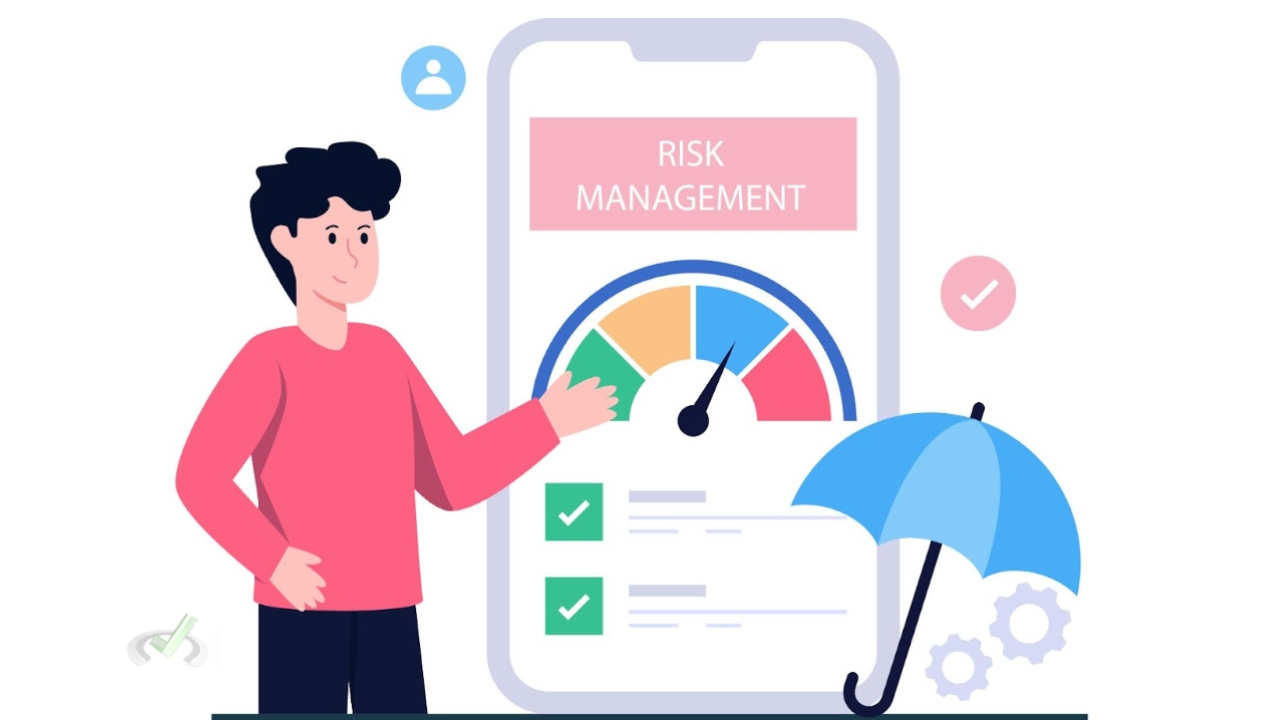Picture this: you’re working a busy shift, juggling charts and patients, when one of your patients starts looking off. You glance at the monitor—nothing alarming yet, but something feels wrong. Do you wait it out or act immediately? Knowing how to step in and prevent a minor issue from becoming a full-blown emergency is the essence of Reduction of Risk Potential.
This part of the NCLEX-RN challenges you to think ahead, recognize risks, and act before things get critical. It’s not just a test category—it’s the backbone of nursing practice. You will learn how to be the kind of nurse who saves lives by interpreting lab results and identifying early warning signs of complications.
By using the ideas, techniques and guidance you can become an expert in this important area. Let's dive in and analyze everything.

What Is Reduction of Risk Potential in NCLEX-RN?
At its core, Reduction of Risk Potential tests your ability to manage risks. It evaluates how well you can identify, prioritize, and prevent potential complications. The NCLEX-RN uses this section to assess your judgment, quick thinking, and readiness to handle real-life challenges.
Expect questions that focus on:
This section isn’t about memorizing definitions. It’s about understanding the “why” and “what next” when something goes wrong—or better yet, before it goes wrong.
Why Reduction of Risk Potential Deserves Your Full Attention

This is essential for the NCLEX-RN, but it's also the lifeblood of nursing. Consider this: risk management is a part of every shift. Maintaining patient safety is your responsibility, whether that involves managing patients with chronic conditions, keeping an eye out for surgical complications, or providing post-procedure care. This is important as follows:
The bottom line? This section is your opportunity to show that you’ve got what it takes to deliver safe, effective care.
Key Concepts in Reduction of Risk Potential
Diagnostic tests are like breadcrumbs that lead you to the bigger picture. They help you figure out what’s happening with a patient and what you need to do next.
What you need to know:
Memorizing normal lab ranges is important, but the real challenge is understanding what to do when values are off.
1. Spotting Early Signs of Complications
Patients don’t always scream for help when something’s wrong. Often, the signs are subtle, and it’s your job to catch them.
Common Warning Signs:
Your ability to recognize these signs early can mean the difference between a quick intervention and a full-blown crisis.
2. Managing Abnormal Lab Values
Lab values are your guideposts in risk reduction. They tell you when things are headed south.
Focus areas include:
Interpreting lab values isn’t just about knowing the numbers—it’s about acting on them quickly and correctly.
3. Preventing Infections and Complications
Prevention is always preferable to treatment as all nurses are aware. Stopping issues before they arise is frequently part of your role in risk reduction.
How you can act:
Your attention to these details makes all the difference.
Skills You Need to Master

The NCLEX-RN loves questions where you have to choose what to do first. Imagine you have four patients with different needs. Who gets priority?
Key strategies:
Practice prioritization regularly—it’s one of the most tested skills.
Interventions That Minimize Risk
Risk can be increased or decreased by every action you take as a nurse. Preventing harm is your constant objective.
Examples:
These small steps protect patients and keep them stable.
How to Tackle Specific NCLEX-RN Questions
These questions often include abnormal lab results and ask what you’d do next. For example, if a patient’s potassium is 6.8 mmol/L, your priority would be to stabilize their heart. This might involve administering calcium gluconate or insulin with glucose.
Prioritization Scenarios
Here’s a typical question: You have four patients, all with different symptoms. One has mild abdominal pain, another has high blood pressure, a third has a mild fever, and the last one is gasping for air. Who do you see first? Always prioritize airway and breathing issues.
Equipment and Procedure Management
You’ll also see questions about managing medical devices or responding to complications.
Examples:
Tips for Mastering Reduction of Risk Potential

Common Pitfalls to Avoid
How to Build Confidence in Tackling Reduction of Risk Potential Questions
Mastering the Reduction of Risk Potential category starts with building confidence. Confidence doesn’t just come from studying—it comes from understanding how to think like a nurse.
The NCLEX-RN isn’t trying to trick you. It's a test of your ability to use what you already know. You'll feel more prepared and less anxious when you concentrate on tactics and practice well.
Start With the Basics
Understanding the fundamentals is the cornerstone of confidence. Learn about common post-operative complications, review safety procedures, and commit standard lab values to memory. When you know what’s considered “normal,” you can easily recognize when something isn’t right.
For example, if you see a blood pressure of 180/110, you immediately know this patient is at risk for a stroke, and you can prioritize care. Focus on understanding why certain actions are important. Why does turning an immobile patient every two hours matter?
Because it prevents pressure ulcers, improves circulation, and reduces the risk of infection. You'll feel more comfortable responding to NCLEX-style questions if you comprehend the rationale behind interventions.
Practice With Purpose
You gain confidence by practicing frequently. Dont just respond to questions without thinking. Learn the format by taking practice exams tailored to the NCLEX. Pay attention to how questions are worded and learn to pick out keywords like “priority,” “initial action,” or “most appropriate.”
These clues guide your thinking and help you focus on the critical aspects of the question. Review your wrong answers. Each mistake is a chance to learn. Take the time to understand why the correct answer is right and why the others are wrong.
For example, if you miss a question about managing hyperkalemia, go back and study interventions like administering insulin with glucose or using calcium gluconate to stabilize the heart.
Simulate Test Conditions
Build your confidence by simulating the actual test environment. Set a timer, sit in a quiet space, and complete practice questions in one sitting. This trains you to manage time effectively and stay focused, even under pressure.
Treat each practice test as if it’s the real thing. This way, when you walk into the exam room, it feels familiar and less intimidating. Confidence isn’t about knowing everything—it’s about trusting yourself to think critically and make sound decisions.
By learning the fundamentals, practicing intentionally, and creating test-like scenarios, you'll be prepared to handle the Reduction of Risk Potential on the NCLEX-RN with poise and accuracy.
Conclusion: Why Reduction of Risk Potential Matters

In addition to testing your knowledge, the Reduction of Risk Potential section influences how you provide patient care. Gaining proficiency in this area teaches you to prioritize safety in all circumstances, act decisively, and think ahead.
These abilities are necessary for both real-world nursing and success on the NCLEX-RN. As a key healthcare team member, you can anticipate and prevent risks.
Try to comprehend important ideas, practice frequently, and maintain your preparation confidence. With dedication and a clear strategy, you’re ready to conquer this section and become the nurse you’ve always wanted to be.
